2014 Super Middleweight Sportbike Spec Shootout
By the numbers
While the Polar Vortex is spinning temperatures across the country in a downward spiral, motorcycle magazines in Southern California are busily testing this year’s crop of weaponized two-wheelers. The recent launches of Ducati’s 899 Panigale and MV Agusta’s F3 800 has ignited the middleweight class for 2014, and everyone’s aflutter to figure out which OEM has the best package.
With street and track testing about to get underway, we pulled together the spec sheets of the above two and the venerable Suzuki GSX-R750 to analyze their similarities (all claim 148 hp at the crank) and differences (namely prices and electronics). Testing and dyno runs will confirm or dispel the OEM’s assertions, but how accurate a prophecy can we make on the shootout’s outcome based on these figures?
According to our resident expert, the guy who’s already ridden all three motorcycles (separately at different tracks and during disparate weather conditions), our Down Under Editor, Troy Siahaan has this to say.
“From a technological perspective, both the Italian bikes blow the Suzuki away. With their myriad of electronic aids, the Ducati and MV boast all sorts of devices to help the rider achieve a faster lap with less effort.
“That said, the Suzuki has a quality we’ve loved about the GSX-R line — instant familiarity. The 750 might be dated at this point, but it’s still a solid performer that fits like an old glove without any of the inconsistent ride-by-wire throttle response issues that have plagued previous MV Agustas. It’s possible since we’re so comfortable with it that our initial lap times will be quicker on the Suzuki until we get ourselves up to speed on the others.
“However, the MV probably has the agility advantage of the bunch, and the Ducati likely has the most overall power, with steering quickness likely not far behind the F3 800. I predict this shootout will be close. My guess is the Ducati might come out on top, but it’s impossible to be certain how they stack up until we ride them back to back.”
The first Italian bike in this three-way battle, the Ducati 899 Panigale stands apart by way of its monocoque chassis and V-Twin engine. It boasts not only the greatest amount of torque but also the longest wheelbase. The Duc has an impressive array of electronic trickery, and the bike’s MSRP reflects this fact. It’s more expensive than the Suzuki by $2,700 but less than the MV by $800. And make no mistake, as much as motorcycling is a purchase based on impractical criteria, price is something that can’t be forgotten.
Not only is the F3 800 an exotic, Italian Triple, it’s the harbinger of improved electronics and fueling – problems that have been plaguing MV Agustas for years. The F3’s going to need flawless performance from its engine and electronics package to corroborate the most expensive asking price in this group and overcome the competition. Unlike the Showa units on the other two, the MV comes equipped with a Marzocchi fork and Sachs shock. Otherwise, it has the highest compression ratio but no clear on-paper advantages compared to the Panigale.
The 2014 Gixxer 750 is the smallest displacement bike in this group, but that’s not driving its low MSRP – it’s the bike’s lack of electronic rider aids keeping it below the $12,500 threshold ($12,499 for the 50th anniversary model). The middleweight Gixxer does come equipped with Suzuki Drive Mode Selector (S-DMS) and an electronically controlled steering damper, but those two goodies pale in comparison to the other bikes’ array of quick-shifter, adjustable engine braking, traction control and ABS technologies. Where the two Italian bikes boast 24-month warranties the Suzuki is covered only for 12 months.
There will be a winner and a loser in our shootout of these three, but what we can’t account for is the personal preference of subjective matters such as physical attraction, exhaust sound and engine character/architecture.
“I’m anxious to see how these bikes will compare,” says Ed-in-Chief Duke, “because their various engine arrangements will give each bike distinct personalities, yet I’m expecting their performance capabilities to be remarkably similar. It’s going to be fun to see how their individual characteristics stack up!”
While performance is the stick by which all sportbikes are measured, a Ducatista will presumably purchase the 899 Panigale even if it places third in our shootout. While we may be unable to dissuade a person from his motorcycling proclivities, we’ll certainly do our best to present both sides of the argument.
| Ducati 899 Panigale | MV Agusta F3 800 | Suzuki GSX-R750 | |
|---|---|---|---|
| MSRP | $14,995 | $15,798 | $12,299 |
| Engine | Superquadro L-Twin, 4 Desmodromically actuated valves per cylinder | 3-cylinder, 4-stroke, 12-valve, DOHC | 4-stroke, 4-cylinder, liquid-cooled, DOHC |
| Horsepower/Torque | 148 hp @ 10,750 rpm / 73.0 ft-lb. @ 9,000 rpm | 148 hp @ 13,000 rpm / 64.91 ft-lb. @ 10,600 rpm | 148 hp @ 13,200 rpm / 64 ft-lb. @ 11,200 rpm |
| Compression | 12.5 :1 | 13.3 :1 | 12.5 :1 |
| Transmission | 6 speed with Ducati Quick Shift (DQS) | Cassette style; 6-speed, constant mesh, Electronically Assisted Shift (EAS) system | 6-speed, constant mesh |
| Rake/Trail | 24°/3.78 in | 23.6°/3.89 in | 23°/3.82 in |
| Wheelbase | 56.1 in. | 54.3 in. | 54.7 in. |
| Wet Weight | 425.5 lb. | 427 lb. | 419 lb. |
| Front Suspension | Fully adjustable 43mm Showa BPF fork | Fully adjustable 43mm Marzocchi fork with 4.92 in. travel | 41mm Showa Big Piston Fork (BPF) |
| Rear Suspension | Fully adjustable unit. Aluminum double-sided swingarm | Fully adjustable Sachs shock with 4.84 in. travel | Showa shock externally adjustable rebound and compression damping, and ride height adjustment |
| Front Brakes | Dual 320mm discs with monobloc radial-mount 4-piston Brembo callipers | Dual 320mm discs with monobloc radial-mount 4-piston Brembo calipers | 310mm discs and radial-mounted, four-piston Brembo monoblock calipers |
| Rear Brakes | Single 245mm disc with 2-piston Brembo calliper | Singele 220mm disc with 2-piston Brembo caliper | Single disc with 2-piston Brembo caliper |
| Front Tire | 120/70 ZR 17 | 120/70 ZR 17 | 120/70 ZR 17 |
| Rear Tire | 180/60 ZR 17 | 180/55 ZR 17 | 180/55 ZR 17 |
| Seat Height | 32.5 in. | 31.7 in. | 31.9 in. |
| Electronics | Riding modes, Power modes, ABS, DTC, DQS, EBC, Fully RbW | MVICS (Motor & Vehicle Integrated Control System), EAS, ABS | Suzuki Drive Mode Selector (S-DMS), electronically controlled steering damper |
| Fuel Capacity | 4.5 gal | 4.4 gal | 4.5 gal |
| Warranty | 24 months unlimited mileage | 24 months unlimited mileage | 12 month unlimited mileage |
A former Motorcycle.com staffer who has gone on to greener pastures, Tom Roderick still can't get the motorcycle bug out of his system. And honestly, we still miss having him around. Tom is now a regular freelance writer and tester for Motorcycle.com when his schedule allows, and his experience, riding ability, writing talent, and quick wit are still a joy to have – even if we don't get to experience it as much as we used to.
More by Tom Roderick



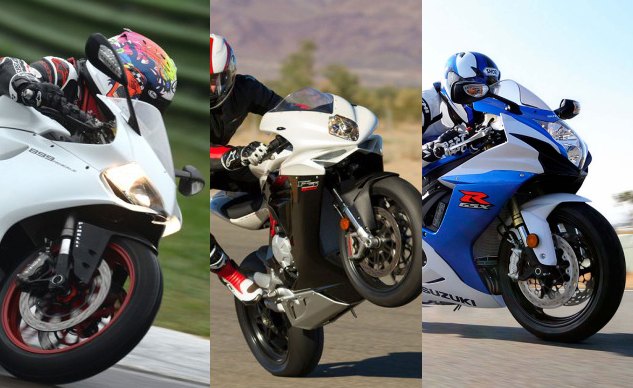
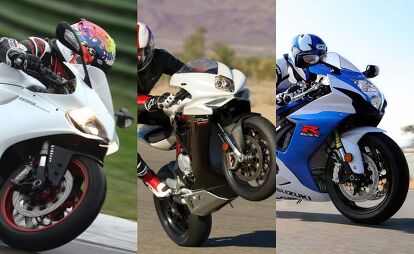








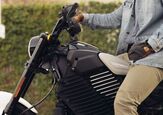
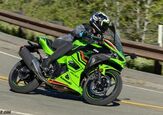
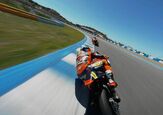
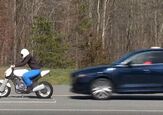
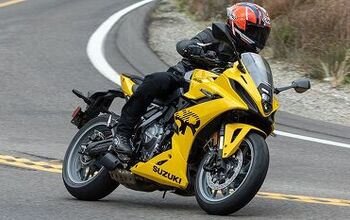
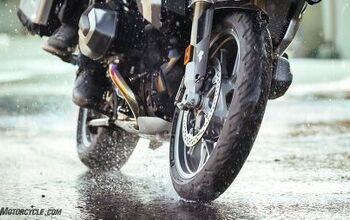


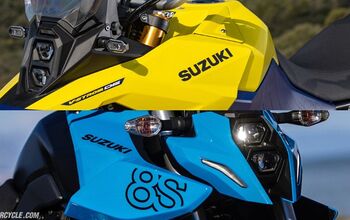
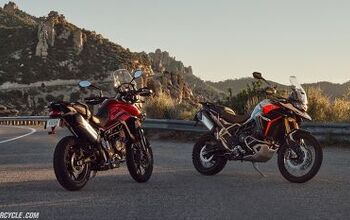

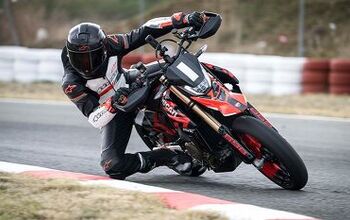
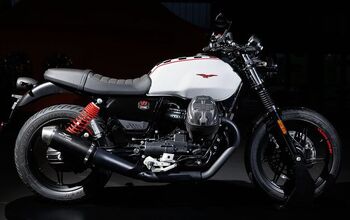
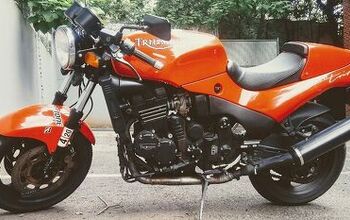
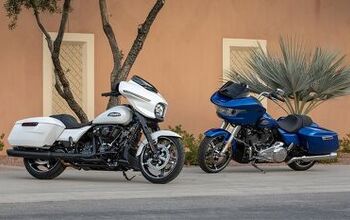
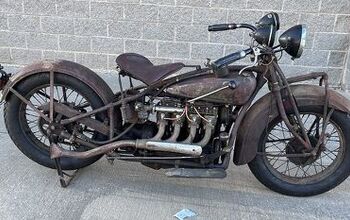
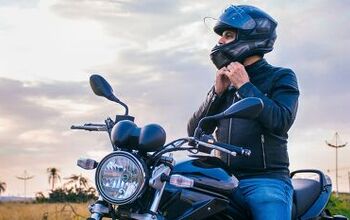
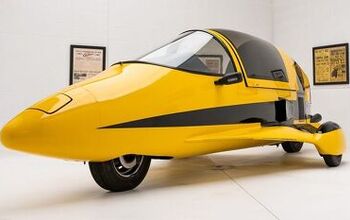
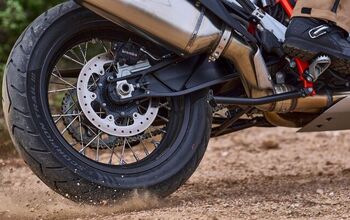

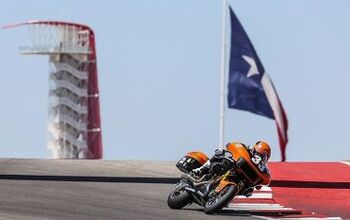
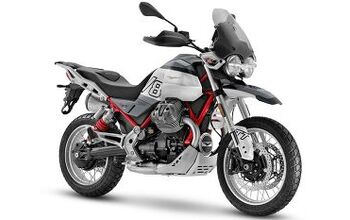
Comments
Join the conversation
I have just ridden all three bikes back to back and can sum it up as follows.
Suzuki - low tech compared to the other two however very capable and refined but sewing machine boring.
MV - exciting, sexy, beautifully built and a little raw to ride but definitely a weekend bike.
Ducati - high tech, sexy, exciting and very capable, best all rounder.
GSXR is way cheaper, easier to live with, doesn't get boiling under the seat and you'll probably go faster on it round a track. The GSXR has great power everywhere, the Ducati has a narrow power band like a 2 stroke.